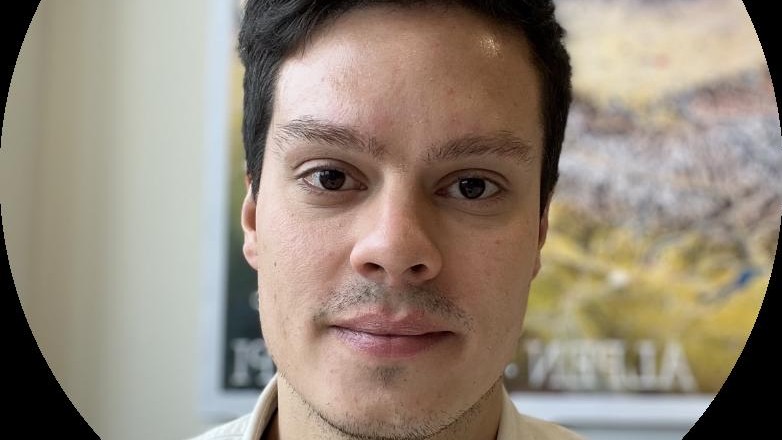Adjoint-free method for mean resolvent analysis of periodic flows

Event details
| Date | 14.11.2025 |
| Hour | 13:30 › 14:15 |
| Speaker | Dr Alessandro Bongarzone |
| Location | |
| Category | Conferences - Seminars |
| Event Language | English |
Abstract: "The mean resolvent operator predicts, in the frequency domain, the mean linear response to forcing. As such, it provides the optimal linear time-invariant approximation of the input-output dynamics of time-varying flows in the statistically steady regime (Leclercq & Sipp 2023). In this paper, we introduce an adjoint-free projection-based method for mean resolvent analysis of periodic flows. To evaluate the convergence of the projection-based method against the subspace dimension, we also implement an adjoint-based approach based on the harmonic resolvent framework (Wereley & Hall 1990, 1991; Padovan et al. 2020). Both adjoint-free and adjoint-based approaches may also be implemented in a matrix-free paradigm, using a time-stepper. For a weakly unsteady base flow, the mean-flow resolvent qualitatively approximates the dominant receptivity peak of the mean resolvent but completely fails to capture a secondary receptivity peak. For a strongly unsteady base flow, even the dominant receptivity peak of the mean resolvent associated with vortex-pairing is incorrectly captured by the mean-flow resolvent. The projection method already converges for a subspace dimension of 10 in the weakly unsteady case, but requires at least 100 modes for quantitative predictions in the strongly unsteady case. However, even in this case, using a subspace dimension of 1 is already enough to correctly identify the dominant receptivity peak."
Biography: "Dr Alessandro Bongarzone earned his PhD from EPFL in September 2023. At the Laboratory of Fluid Mechanics and Instabilities (LFMI), directed by Prof François Gallaire, he worked on the modelling of self-sustained and forced oscillations in cross-junction jets and liquid sloshing. Using linear modal stability analysis and asymptotic techniques, he developed low-dimensional models—amplitude equations—describing these complex oscillatory phenomena. He later moved to Paris for a one-year postdoc at ONERA Meudon (Département Aérodynamique, Aéroélasticité, Acoustique, DAAA-MASH). There, he began exploring turbulence modelling and non-modal linear stability tools, such as the resolvent framework, for open-flow aerodynamics, with a focus on jets and high-speed boundary layers. Since December 2024, he has held a position as a research engineer in hypersonic aerodynamics within the same department."
Practical information
- General public
- Free
- This event is internal
Organizer
- HEAD unit
Contact
- Prof. Eunok Yim